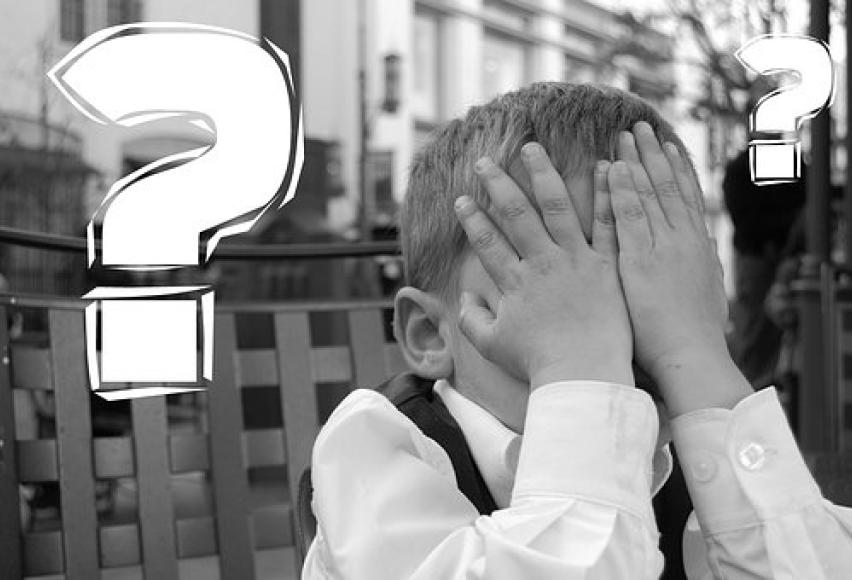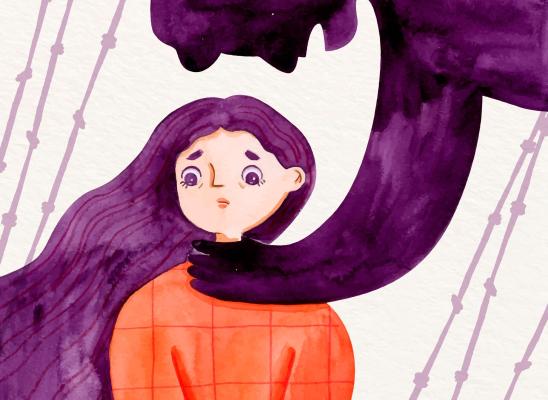Avoidance Behaviors in Hair-Pulling Disorder

Online test
Find out the severity of your symptoms with this free online test

What would you do to prevent people from staring at you because of a disability or disfigurement? Would you put yourself in situations where people could ask you why you are the way you are? How comfortable would you feel being put on the spot?
Dealing with questions about skin picking!
People with trichotillomania deal with these questions all the time. Will people stare? Will they ask questions? What will I say if they do? Trichotillomania is a mental health disorder where people compulsively pull out their hair. The most frequent locations are the scalp, eyebrows, and eyelashes, so someone may not have any eyelashes or eyebrows. They may have strange bald spots on the scalp, areas where hair won’t grow anymore, or areas where hair grows back, and it looks different from the rest.
Most people are not friendly when they find out someone pulls out their hair. It doesn’t make much sense to the person who compulsively feels like they have to do it either, but they also know it is not a “trendy” mental health issue. The fear of judgment pervades every encounter with another person and every social outing. Anxiety and stress increase as does the fear that attempts to cover up the damage or anything that would appear “abnormal” to someone else is done properly. All of this leads to people with trichotillomania engaging in avoidance behaviors. They don’t want people to talk about it; they don’t want to talk about it, they don’t want people to stare and ask them, “why is your hair like that?”
What is avoidance behaviour?
To researchers, avoidance means several things. Not going out, not participating in recreational activities, not going to work, not hanging out with friends and isolating oneself from the world are all appropriate definitions. The trouble with avoidance is that it often leads to more anxiety, avoidance of intimacy, decreased self-esteem, and low quality of life.
A recent study sought to find out what kind of avoidance behaviors occur most often with people who have trichotillomania. They measured several avoidance behaviors. The first set of avoidance behaviors focused on personality, problem-solving, and coping. The second set measured to what extent does someone conceal information about themselves once they get past the superficial stage of interaction with another person. The last set measured experiential avoidance such as not participating in life events.
The study found there are five main areas of avoidance that were influenced by hair-pulling symptoms: non-social goals, self-concealment, behavioral, social avoidance, avoidance of thinking about the future and avoidance of relationship problem-solving. While the other areas were related to hair-pulling behaviors, the most significant was the avoidance of relationship problems as pulling behaviors increased.
This research is helpful when determining treatment strategies. Most treatment focuses on increasing the awareness of the pulling behaviors and changing them, however, helping someone address how they deal with the behaviors is also important. So, if someone is working to change pulling behaviors but still avoids social engagements, it may be therapeutic for the person to engage in social activities to support changing behaviors.

Research is key to understanding how to manage avoidance difficulties
Research like this provides treatment providers with a foundation for understanding what someone with trich experiences and how they deal with their disorder. With this foundation, a therapist can ask a person with trich questions related to avoidance behaviors based on these areas during the assessment to create a customized treatment plan. For example, social avoidance may be the cause of additional stress and anxiety which exacerbates pulling behaviors which cause the person to withdraw further and the cycle continues. A person like this may benefit from getting involved with support groups. In support groups, there is less judgment since everyone there struggles with the same thing. There, the person has a chance to secure social relationships to counter the anxiety and stress which eventually evens out to the point where hair pulling behaviors are controlled.
When one research study partially answers a question, more questions arise for research to pursue. As research provides more answers to all these questions, more effective treatment becomes available to help people manage trichotillomania sooner.
Reference
Slikboer, R. Castle, D. J., Nedeljkovic, M. & Rossell, S. L. (2018). Types of avoidance in hair-pulling disorder (trichotillomania): An exploratory and confirmatory analysis. Psychiatry Research, 261, 154-160. https://doi.org/10.1016/j.psychres.2017.12.056
Online test
Find out the severity of your symptoms with this free online test
Start your journey with TrichStop
Take control of your life and find freedom from hair pulling through professional therapy and evidence-based behavioral techniques.
Start Now



